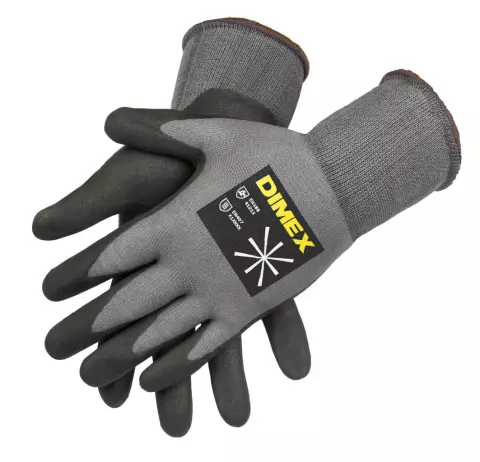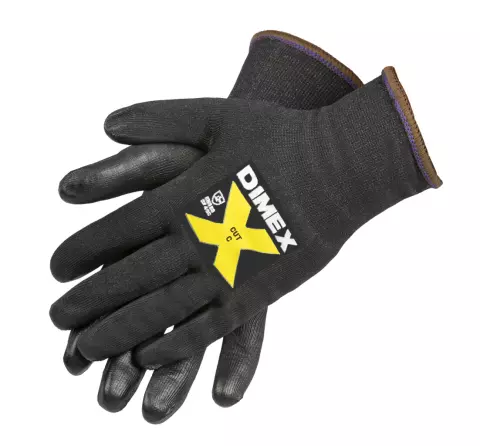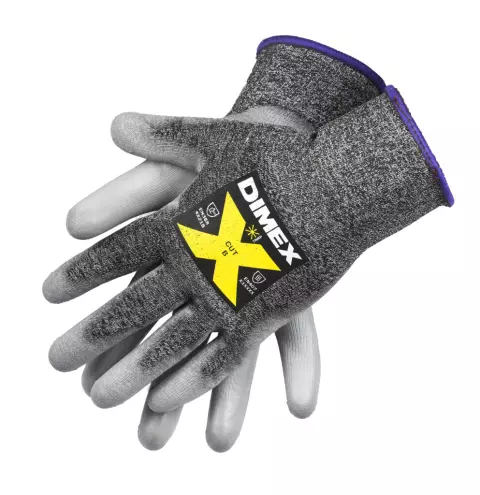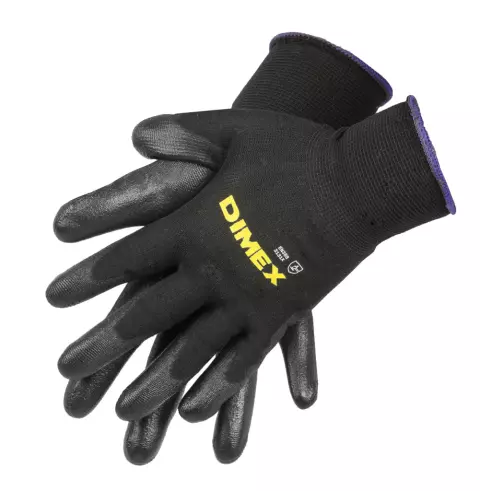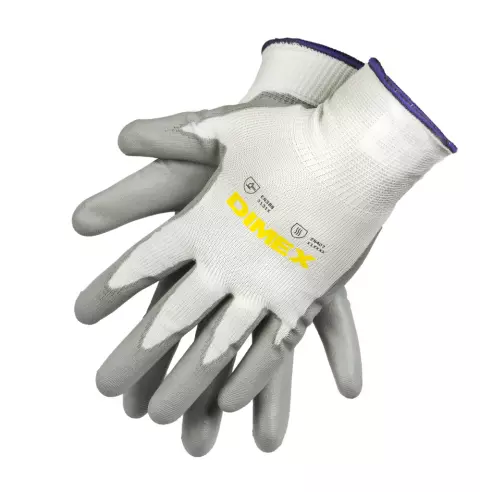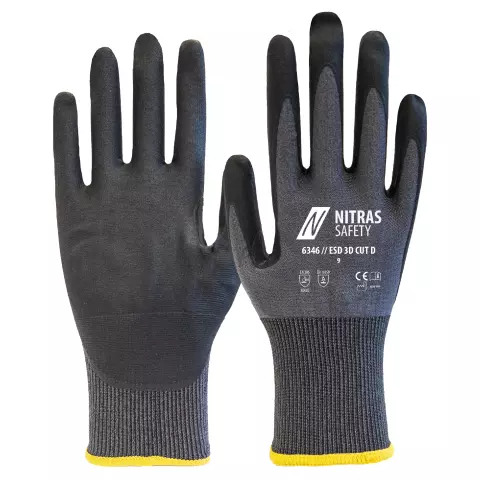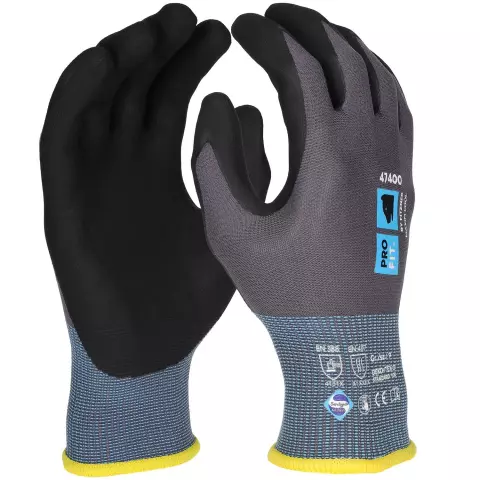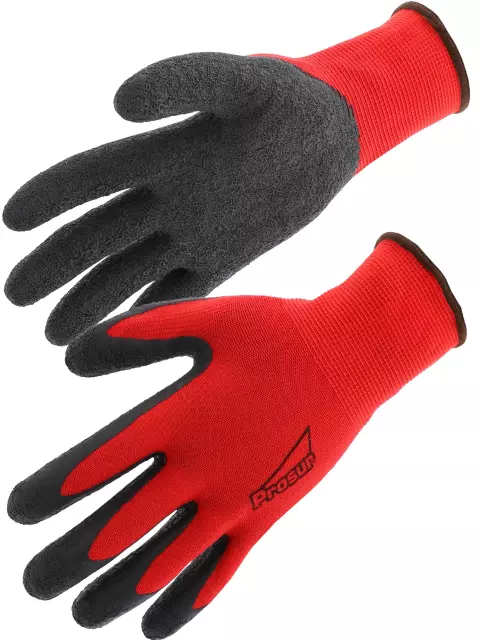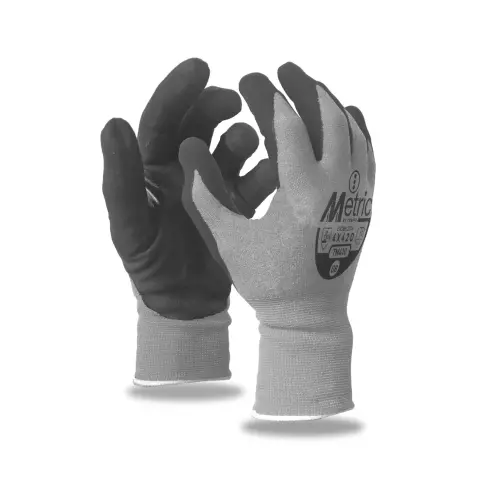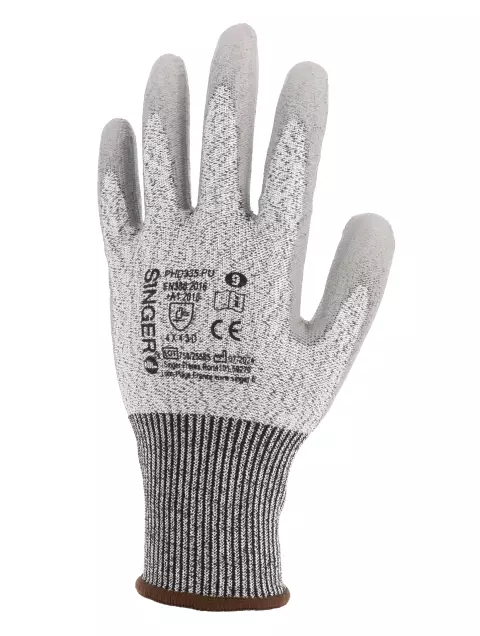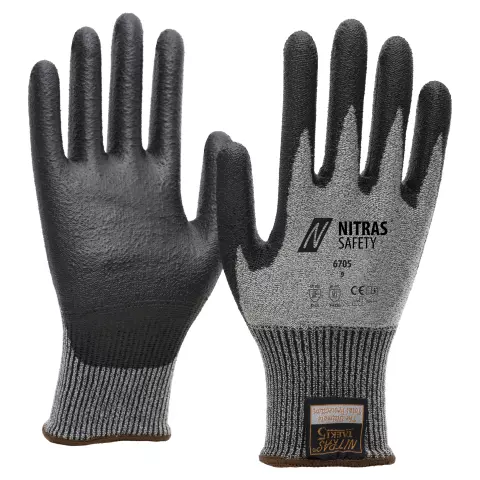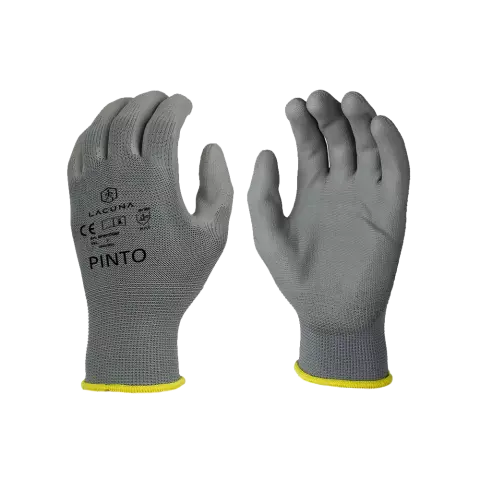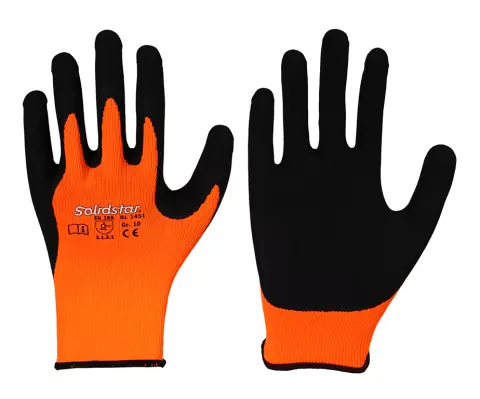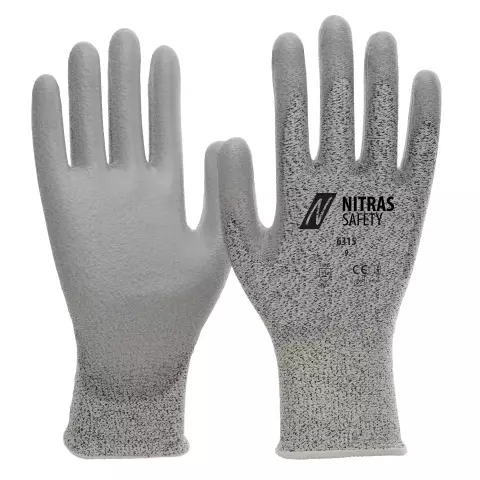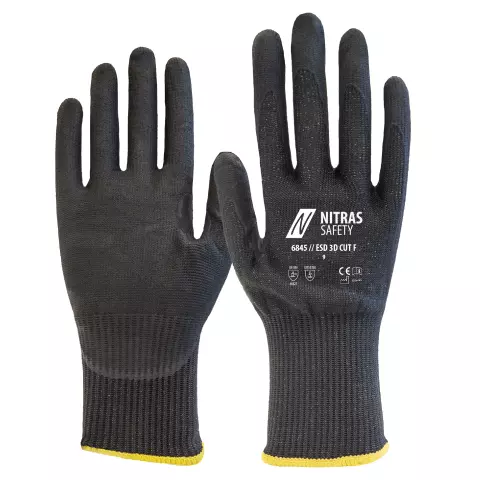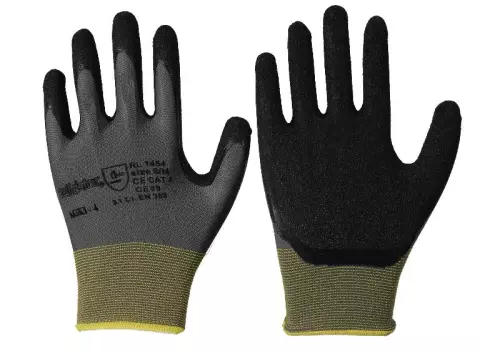Cut Resistant Gloves
Cut resistant gloves, also known as cut-proof or cut-protection gloves, are designed to protect hands from injuries caused by sharp objects. These gloves are essential in industries such as manufacturing, construction, automotive, and food processing, where handling sharp tools, machinery, or materials is common. Made from high-performance materials like Kevlar, Dyneema, or stainless steel mesh, they offer varying levels of cut resistance to suit different risk environments.
Cut resistant gloves, also known as cut-proof or cut-protection gloves, are designed to protect hands from injuries caused by sharp objects. These gloves are essential in industries such as manufacturing, construction, automotive, and food processing, where handling sharp tools, machinery, or materials is common. Made from high-performance materials like Kevlar, Dyneema, or stainless steel mesh, they offer varying levels of cut resistance to suit different risk environments.
Cut resistant gloves, also known as cut-proof or cut-protection gloves, are designed to protect hands from injuries caused by sharp objects. These gloves are essential in industries such as manufacturing, construction, automotive, and food processing, where handling sharp tools, machinery, or materials is common. Made from high-performance materials like Kevlar, Dyneema, or stainless steel mesh, they offer varying levels of cut resistance to suit different risk environments.
List products you’re looking for and we’ll find the best products and prices for you – all for free.
Need help?
Get help from our experts
Be the first to hear about offers, industry trends and get tips on industrial supplies.
FAQ – Frequently Asked Questions
You can pay with any of the following popular payment methods:
Need help?
Get in touch with our customer support if you need help
Chat with us
Get help from our experts

